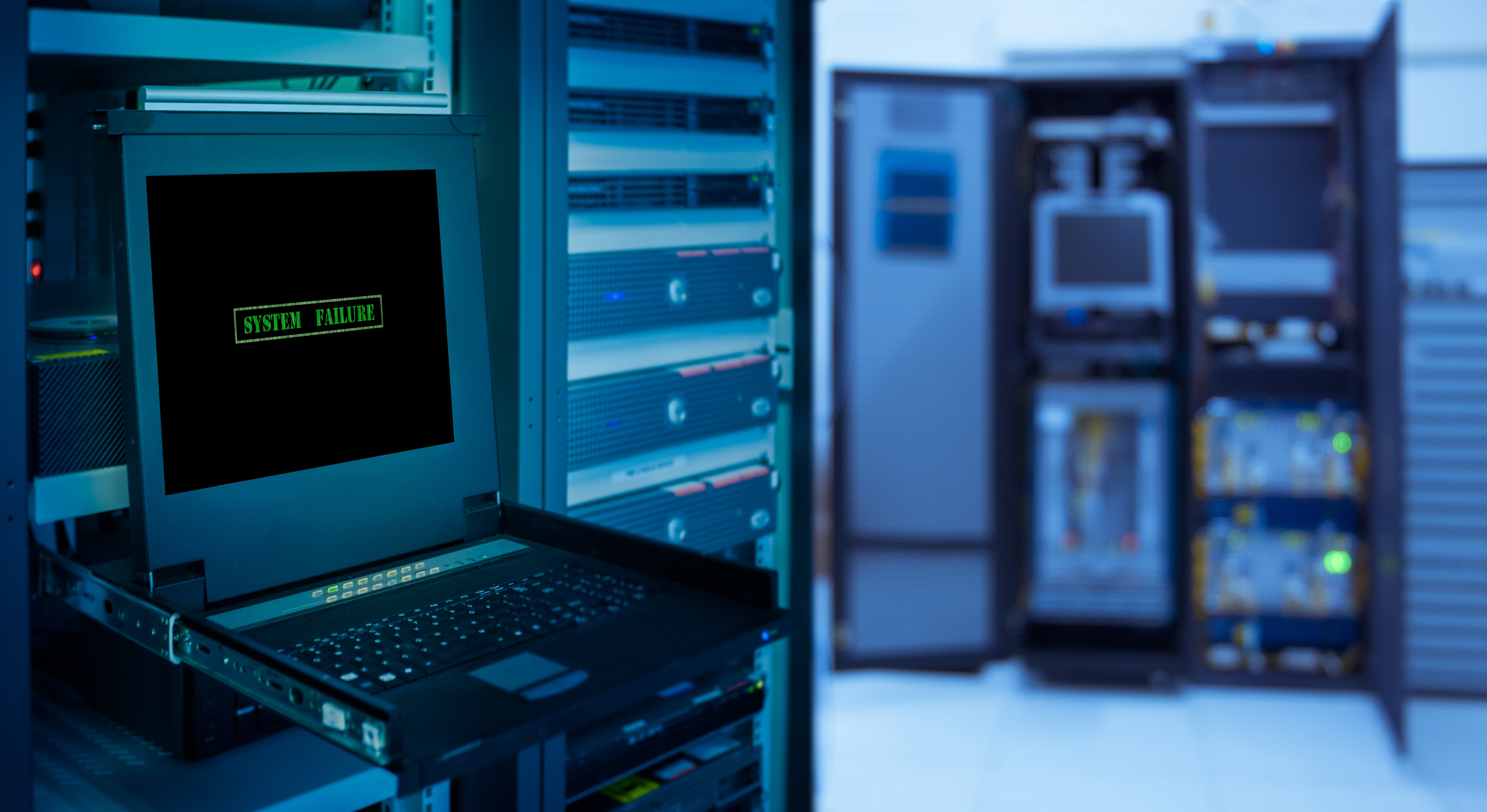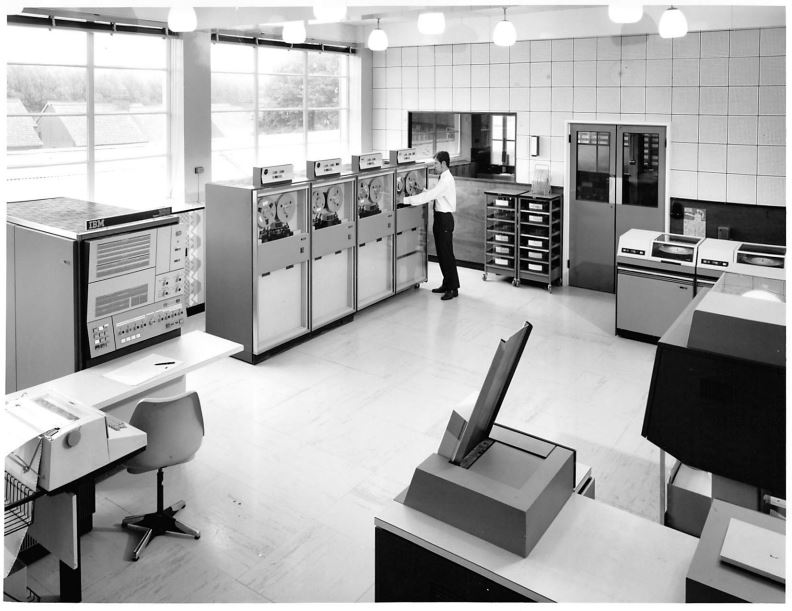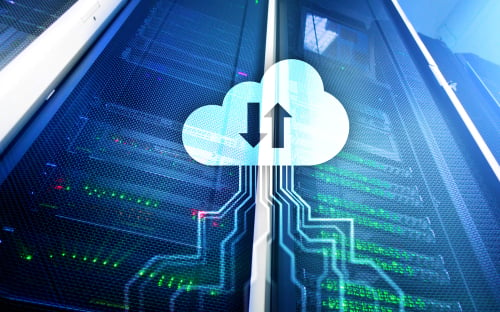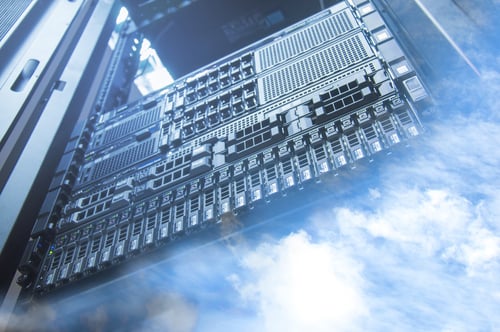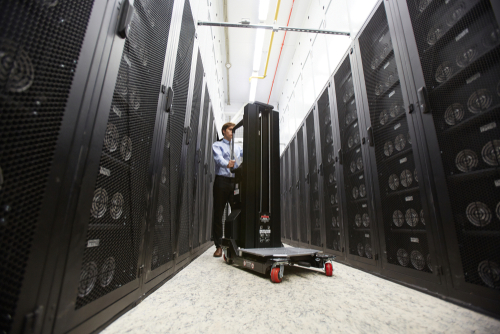3 Ways to Overcome IT Challenges as an SMB
Small to medium-sized businesses are constantly under pressure to do more with less, especially when it comes to technology. With a limited budget, they face multiple challenges that can hinder growth and efficiency including costly infrastructure, defending against cyber threats, and juggling a wide range of IT responsibilities. Fortunately, there are strategic, cost-effective solutions that can help. Embracing cloud technology, investing in cybersecurity, and leveraging managed services are three ways SMBs can let their teams focus on what truly matters: serving customers and growing the business. Let’s look at each of these now.
Read More
.png)


